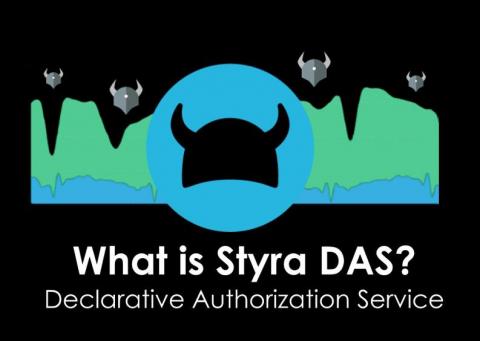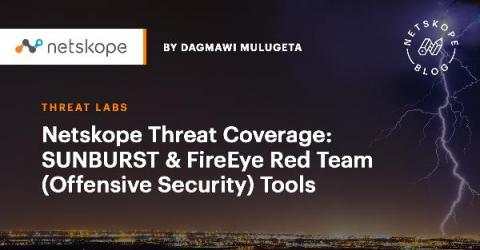Maximize Card Profitability and Sleigh Payment Fraud Attacks with Transaction Intelligence
It’s a busy season for card issuers, card networks and payment service providers. Transaction and purchase volumes are rising across mobile and online channels — with Black Friday and Cyber Monday e-commerce sales up 15% from last year. Despite this holiday season’s resilient e-commerce sales, organizations must continue to find ways to maximize transactions and card profitability in the face of reduced in-store purchase volumes, interest margins, fees and interchange revenues.











